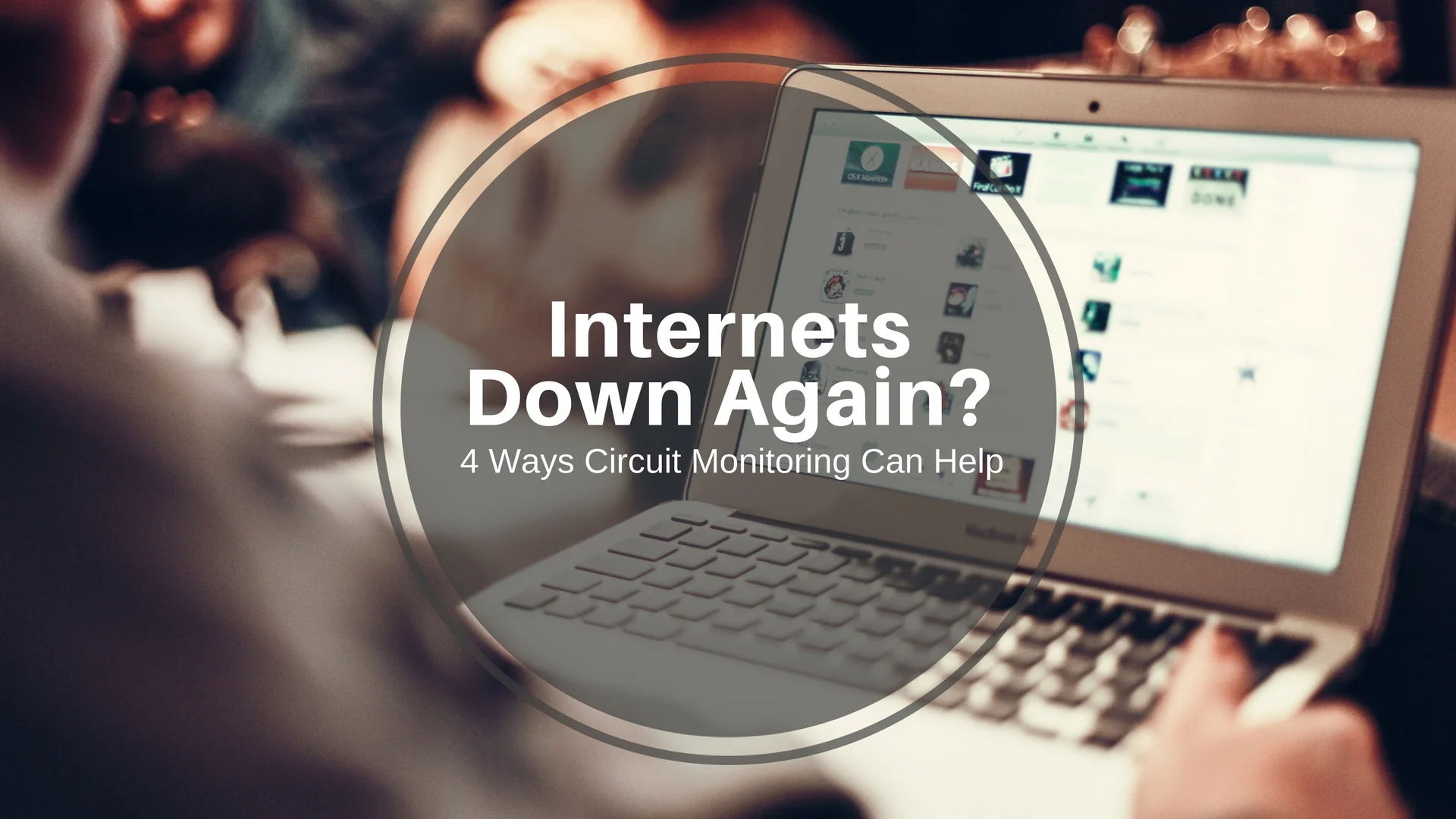Working from home is not uncommon now. With technology, wifi, smart phones and the myriad of options, it makes sense to outsource parts of your business. One of the downsides can be a loss of camaraderie. Luckily, there are ways to help bridge that gap and have your virtual staff feel like a part of the team! OPEN COMMUNICATION LINES
Make sure to keep your communication lines open! You may all be working on different time zones, but that’s no reason to drop all lines. Try weekly video conferences with Skype. Or a social network site for your employees where remote staff feels as if they can reach out to other team members. Track your projects through Asana, where comments and notes can easily be exchanged between team members.
ENCOURAGE EXCURSIONS INTO THE REAL WORLD
We all know the risk of doldrum from working at home. Show your remote employees that you care. Send them a gift card to their local coffee house to nudge them out of doors. Or help pay for space at a co-op so at least a few days a week they can work from a place where social interaction is encouraged.
PLAN LOCAL EVENTS
What better way to have your remote employees really feel important than to send them as a representative of your company? Find events in their areas where they can attend. Create speaking and appearance opportunities.
MAKE IT A GAME
Encourage your remote employees to involve themselves with not only your company, but with other remote employees. Create a reward and incentive system that pushes friendly competition and opens lines of communication.
PRACTICE TRADITION
Take the time to make sure remote employees get the same benefits as in-person employees. Celebrate birthdays, insist they take holiday! You want your remote employees to feel included and invested in your company. So spend the extra time and dollars to implement some of these steps. You will be creating an inclusive culture!









